Maintenance
GVG Brooks Equine website will be available soon.
GVG Brooks Equine Vet are a dedicated equine veterinary practice covering Surrey, Kent, Hampshire, Berkshire, Sussex and South London.
Call

GVG Brooks Equine website will be available soon.
Call
